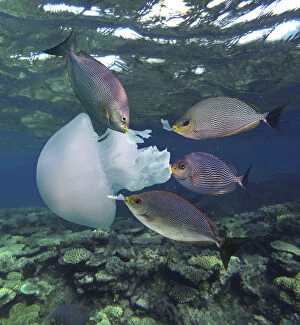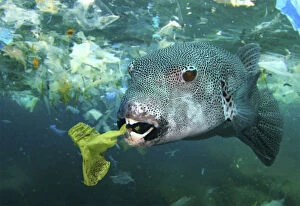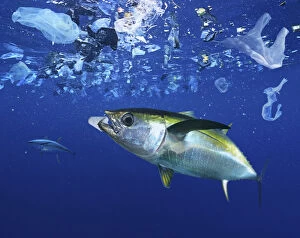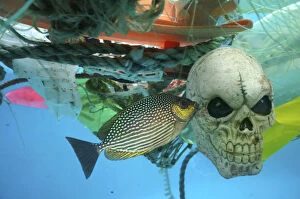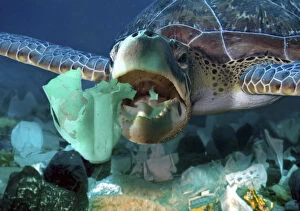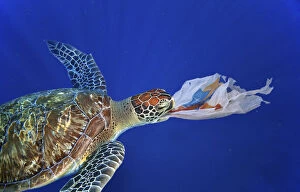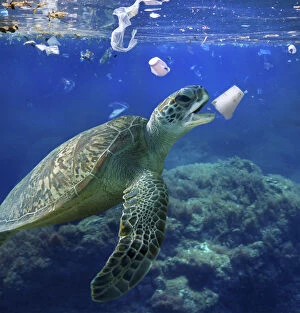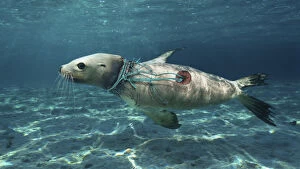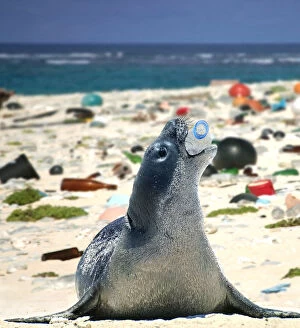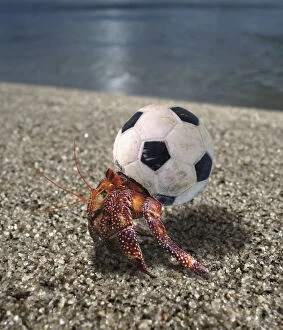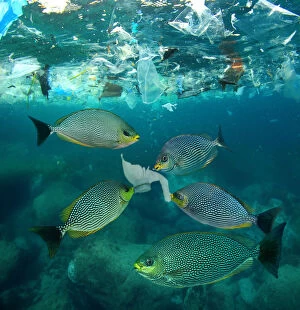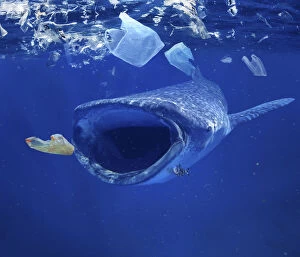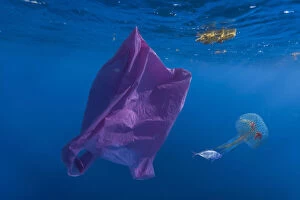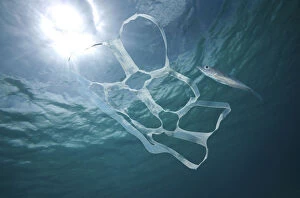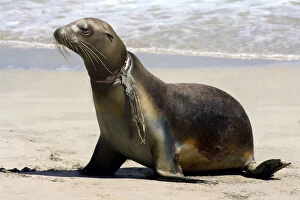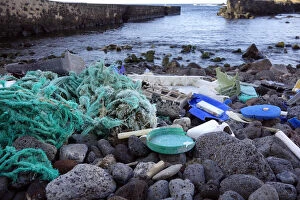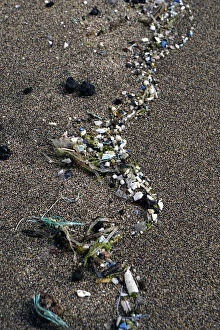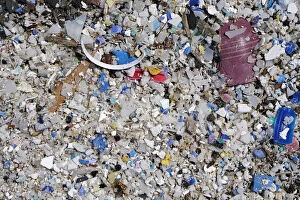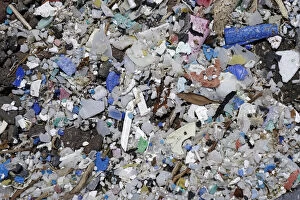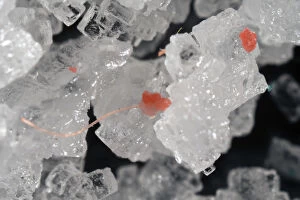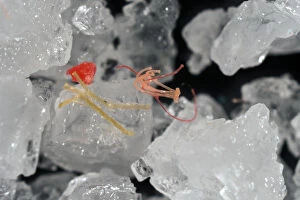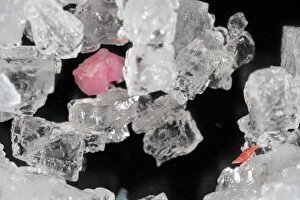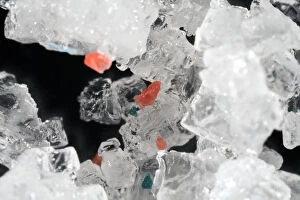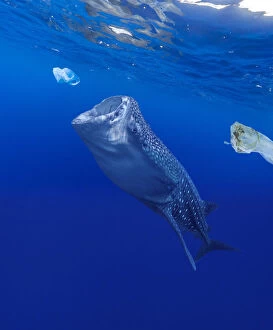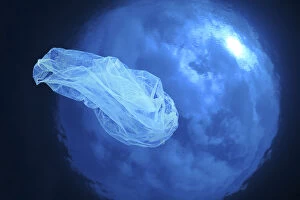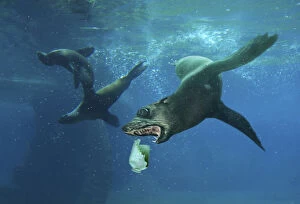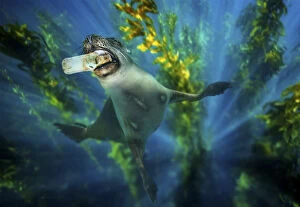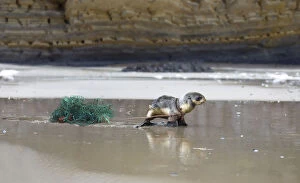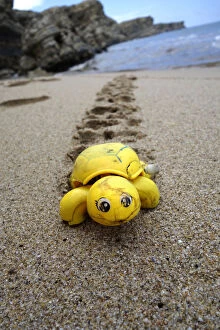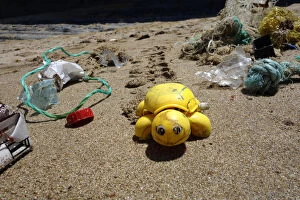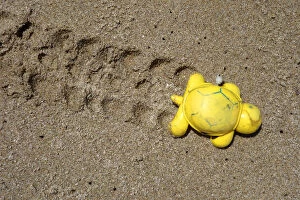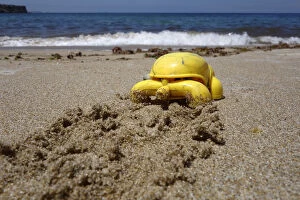Marine Litter Collection
Marine Litter: A Silent Threat to Our Oceans Picture No
All Professionally Made to Order for Quick Shipping
Marine Litter: A Silent Threat to Our Oceans Picture No. 12020769: As the waves gently crash against the shore, a disturbing sight emerges - plastic bottles scattered across the sandy beach. An ever-growing problem that poses a significant threat to our oceans and marine life. Picture No. 12020767: Amongst the debris lies a tangled mess of discarded fishing nets, known as ghost nets. These abandoned traps continue to trap and entangle unsuspecting marine creatures, leading to their untimely demise. Picture No. 12020766: Plastic bags float aimlessly in the water, resembling jellyfish from afar. Mistaken for food by turtles and other marine animals, these bags can cause fatal blockages in their digestive systems. Picture No. 12020758: The once vibrant coral reefs are now suffocating under layers of discarded plastic waste. This pollution not only destroys their delicate ecosystems but also threatens countless species that rely on them for survival. Picture No. 12020756: Tiny microplastics have infiltrated even the most remote corners of our oceans, posing an invisible danger to marine organisms at every level of the food chain. Picture No. 12020755: A seagull struggles with its beak caught in a six-pack ring left behind by careless human activity. Such encounters often result in severe injuries or death for these beautiful coastal birds. Picture No. 12020754: The ocean's surface reflects an unsettling truth - it has become a dumping ground for all sorts of waste materials ranging from tires to household items like televisions and refrigerators. Picture No. 12020753: Beneath the waves lie vast underwater garbage patches composed mainly of plastics that take centuries to decompose fully – causing long-lasting harm to marine ecosystems worldwide. Picture No. 12020749: Even remote islands are not spared from this global crisis.

